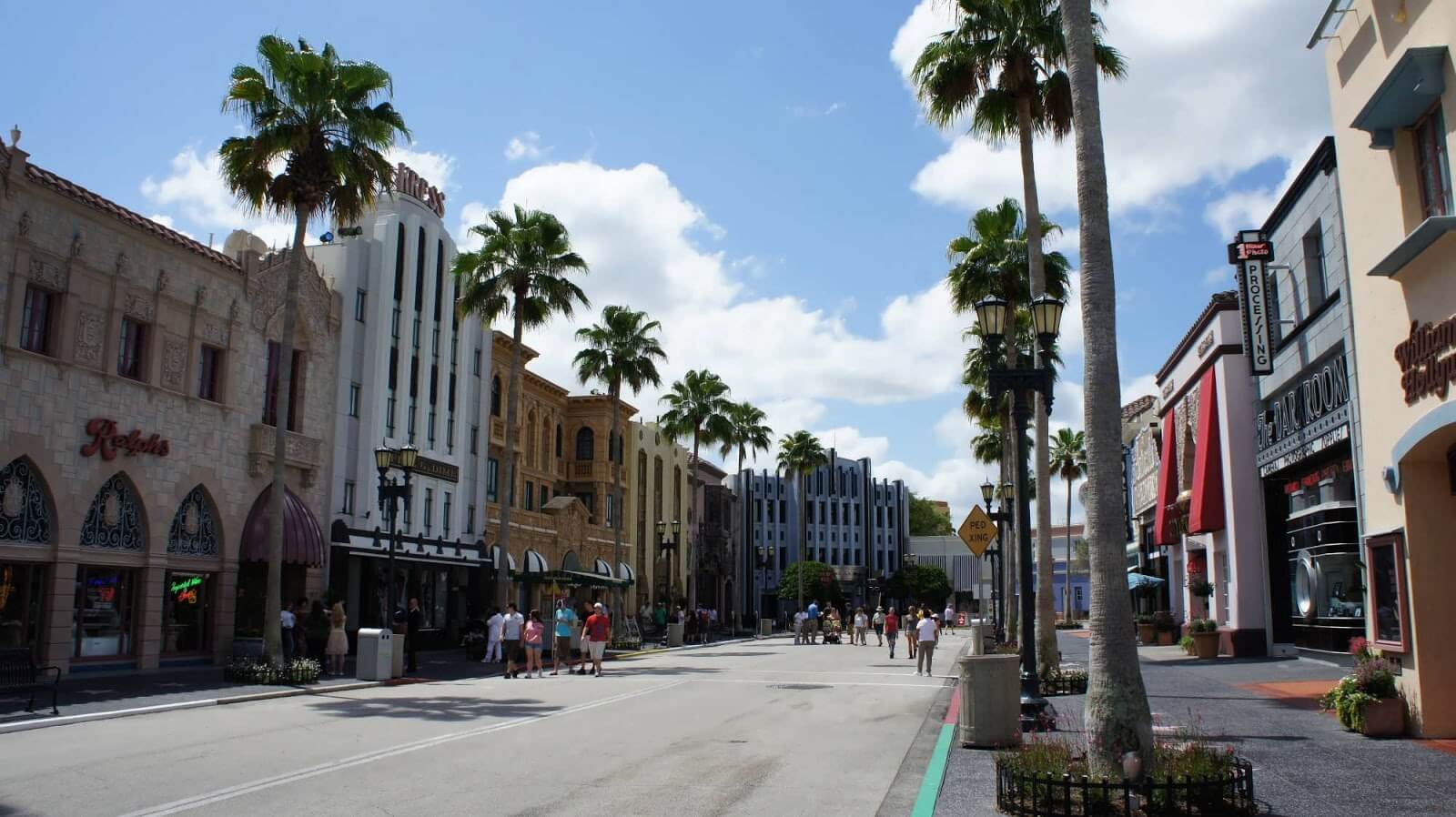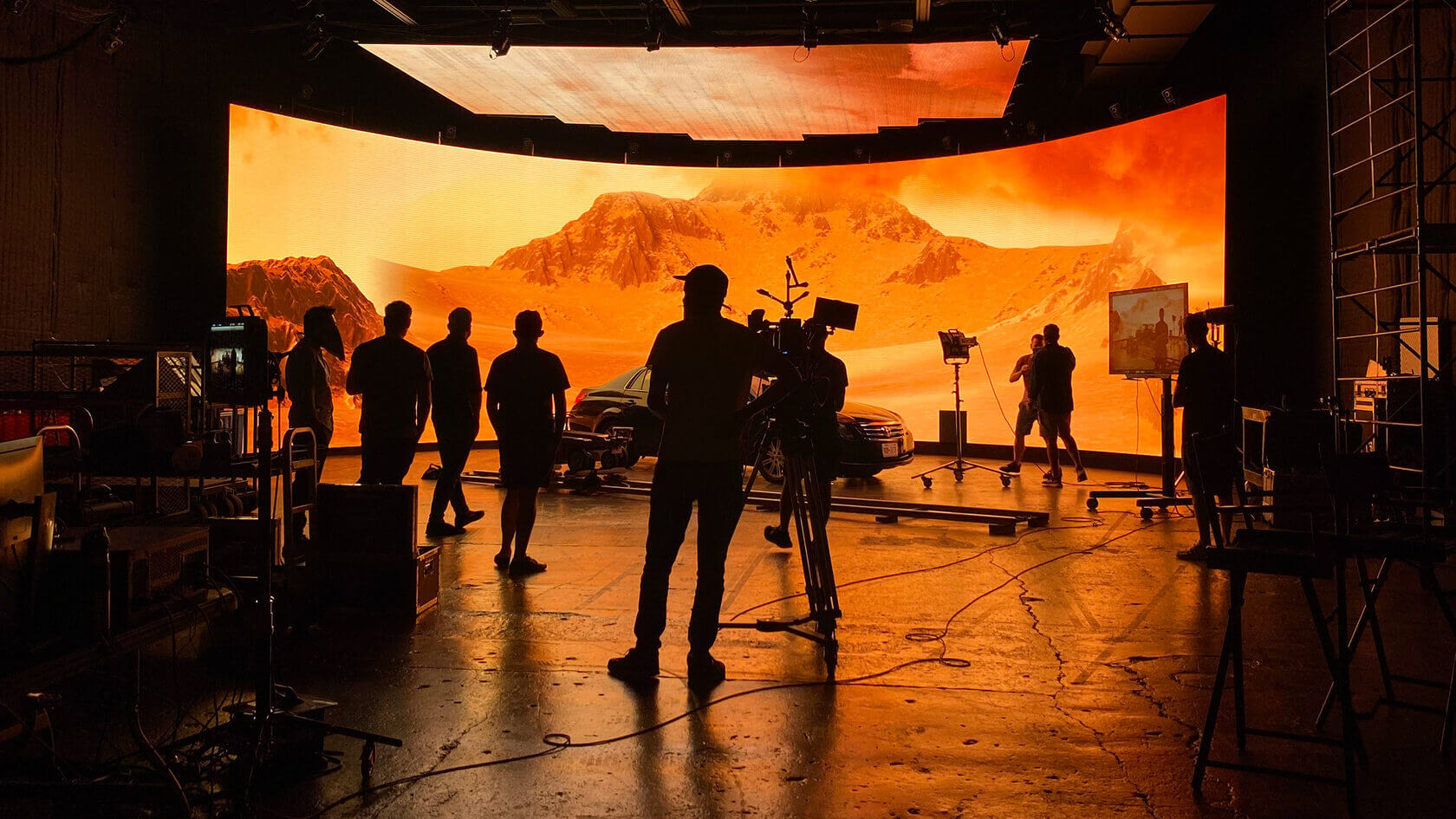In the intricate world of film production, studio backlots hold a special place as they bring our favorite stories to life. Serving as a cornerstone of movie magic, they provide the realistic settings that transport viewers into the narrative. But what is a studio backlot in film and why does it matter in film production?
What is a Studio Backlot in Film Production?
First, let’s define backlot
Before diving into the functions of a studio backlot in the creation of movies and television, let’s look at the studio backlot definition.
STUDIO BACKLOT DEFINITION
What is a studio backlot?
A studio backlot, sometimes called studio lot or movie lot, is a large outdoor space that's used in film and television production. It's essentially an area on a movie studio property where filmmakers can construct large-scale sets for shooting exterior scenes. Backlots often resemble real-world locations, such as city streets, rural landscapes, or specific historical settings. They provide controlled environments where directors can manipulate factors like lighting and noise, enabling them to create more realistic scenes without the unpredictability of on-location shoots.
Functions of a studio backlot:
- Realistic Settings
- Cost Efficiency
- Creative Control
What is a Backlot Used For?
Function of backlots in film production
The crucial functions of a studio backlot in film production very. Let’s dive into a few functions of the backlot and how they contribute to creating memorable films and television shows.
Realistic Settings
One of the primary functions of backlots is to provide filmmakers with a controlled environment where they can create detailed and convincing settings. Whether it's a bustling cityscape, a small-town main street, or a historical setting from a bygone era, backlots are designed to mimic real-world locations, helping to immerse the audience in the narrative.

Universal Studios Hollywood backlots
Cost Efficiency
Film production can be an expensive endeavor, particularly when it involves shooting on location. Travel costs, permits, and accommodation for crew members — these expenses can quickly add up. This is where studio backlots come in handy.
By constructing and utilizing backlots, film production companies can avoid many of the high costs and logistical challenges associated with on-location shooting, making the process more economical.
Creative Control
Lastly, studio backlots offer directors and their crews greater control over various elements that can impact a shoot. In a controlled backlot environment, factors such as lighting, noise, and weather conditions can be manipulated to suit the needs of the scene.
This not only allows for greater consistency but also enables directors to achieve their creative vision more effectively, without having to contend with the unpredictability of a real-world location.
Related Posts
What is a Studio Backlot Made From?
Creating a studio backlot
The intricate process of backlot creation entails some hurdles along the way. Let’s take a look at the process of creating a backlot, some challenges this involves, and the future technology set to transform this cinematic craft.
Basic Steps Involved in Creating a Studio Backlot
The journey to creating a movie lot begins with a concept, often stemming from the vision of the director or production designer. This is followed by meticulous planning, involving detailed sketches and 3D models.
Once the design is finalized, construction begins, employing a variety of materials and techniques to create an authentic-looking setting. The final touches include painting and dressing the set with props to bring the envisioned world to life.

Movie studio backlots construction
Common Challenges Faced While Using Studio Backlots
Despite their advantages, a movie lot will come with its own set of challenges. Inclement weather can cause delays, and the large scale of these sets can make them difficult to manage.
However, these challenges are often overcome with strategic planning and the use of technology. Weather-proof materials are used in construction to withstand different climatic conditions, and advanced management systems are employed to handle the logistical aspects efficiently.
Future Trends and Technological Advancements Impacting Backlots
Looking towards the future, technological advancements are set to revolutionize backlot production. Virtual production and augmented reality technologies are increasingly being used to create immersive backlot environments, reducing the need for physical construction.
Virtual Production Explained • Subscribe on YouTube
Additionally, green screen technology and CGI continue to evolve, offering filmmakers greater flexibility and creative freedom. Despite these advancements, the tangible authenticity that backlots offer ensures their continued relevance in the film industry.

Virtual production
Studio backlots serve as the backbone of many film productions, providing realistic settings while ensuring cost-efficiency and creative control. Despite the challenges, strategic planning and technological advancements continue to enhance their utility and efficiency. As we look towards the future, the role of studio backlots remains pivotal, standing at the intersection of artistry, technology, and cinematic storytelling.
Up Next
What is a Movie Prop?
As we close the chapter on backlots, we're not done with our cinematic journey just yet. Next, we'll shift focus from the grand scenes to the intricate details - movie props. Stay tuned as we explore this vital component of storytelling.
Up Next: Movie Props →
Showcase your vision with elegant shot lists and storyboards.
Create robust and customizable shot lists. Upload images to make storyboards and slideshows.
